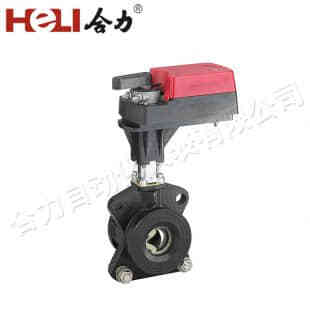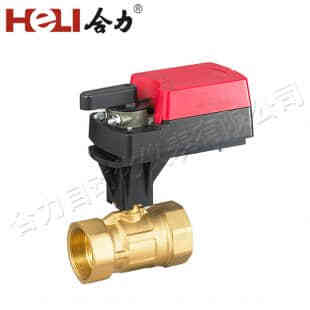Explosion-proof damper actuators are critical components in industrial applications where hazardous environments pose significant safety risks. These actuators are designed to operate in settings that require both reliability and safety in the control of airflow and ventilation systems, especially in industries dealing with flammable gases or materials. This article explores the importance, functionality, and design considerations of explosion-proof damper actuators, highlighting their essential role in maintaining safe operational environments.

What is an Explosion-proof Damper Actuator?

An explosion-proof damper actuator is an electrically controlled device that operates a damper, which is a type of valve used to regulate airflow in ventilation, heating, and air conditioning (HVAC) systems. The actuator moves the damper blades to either open or close the flow of air. The term “explosion-proof” refers to the actuator’s ability to operate safely in environments where volatile substances or gases are present. These environments include chemical plants, refineries, pharmaceutical factories, and other industrial sites where explosive hazards are a concern. The primary function of the explosion-proof damper actuator is to ensure that the airflow control system remains operational under potentially dangerous conditions without triggering an explosion. The actuator is enclosed in a specialized casing that is designed to withstand the force of an explosion and prevent ignition from sparks or heat generated by the actuator’s electrical components.
